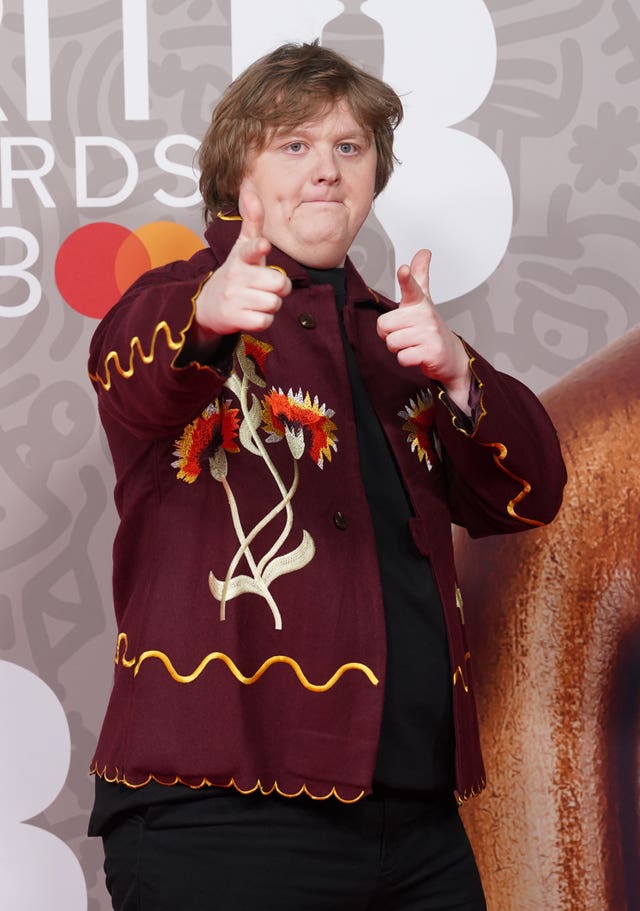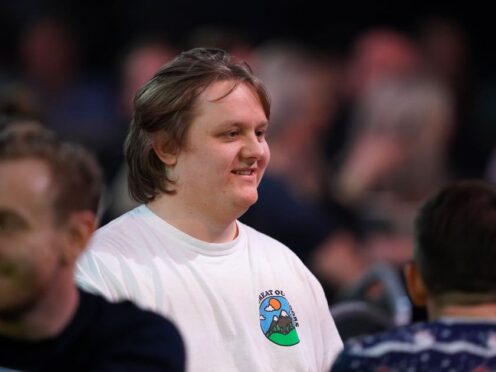Lewis Capaldi has decided to take a break from touring his music to adapt to his Tourette’s diagnosis after struggling to perform at Glastonbury festival.
The Scottish singer posted a message on Twitter and Instagram informing followers that he was taking a break for the “foreseeable future” to spend “much more time” on his mental and physical health.
In September last year, the 26-year-old confirmed in an Instagram live video that he had been diagnosed with Tourette’s syndrome.

Here is everything you need to know about the condition:
1) What is Tourette’s syndrome?
Tourette’s syndrome (TS) is a neurological condition that causes you to make involuntary movements and sounds called tics.
Motor tics might include eye blinking, neck and head jerks, and arm and leg movements, while vocal tics might include throat clearing, repeating words or phrases, stuttering and grunting.
2) What causes the condition?
There isn’t much scientific evidence on what really causes the disorder. However, it is thought to be related with brain abnormalities – specifically an imbalance in the function of neurotransmitters, dopamine and serotonin.
hi x pic.twitter.com/qK8zxTD5IS
— Lewis Capaldi (@LewisCapaldi) June 27, 2023
Some structures in the parts of the brain appear to be different in people with TS.
Disorders such as attention deficit hyperactivity disorder (ADHD) and obsessive-compulsive disorder (OCD) can be co-occurring conditions and are deeply connected with TS.
3) How do you become diagnosed?
There isn’t a single test to detect TS. However, if you have had several of the common TS tics for around one year, your GP may refer you to a specialised doctor, such as a neurologist, to make a firm diagnosis.
A tic might appear suddenly and last only for a few weeks or months, in which case you wouldn’t be considered as having the disorder.
4) Can people with the condition control their tics?
Tics are involuntary and hard to control. They are preceded by a premonitory urge, compared to the need to itch or sneeze, that can be distressful.

People with TS feel the need to perform a tic multiple times in order to reduce this urge.
5) Is there a cure for the condition?
There is no cure for TS. Most people who have the syndrome do not need any treatment, and can learn how to control tics with the help of a specialist.
The most common treatment involves behavioural therapy to reduce tics and manage emotional stability.
Medicine can be used in instances where the tics are more severe or visibly harmful.
6) How does it affect people?
Most tics aren’t harmful to the person’s general health. However, things like head shaking can cause stress, anxiety and headaches.

Anger, stress and exhaustion are also common characteristics of the disorder.
7) What are the common misconceptions of the condition?
A lot of people think that those with TS are prone to swearing.
This is one of the possible vocal tics, but only 10% of people with the syndrome do it.
